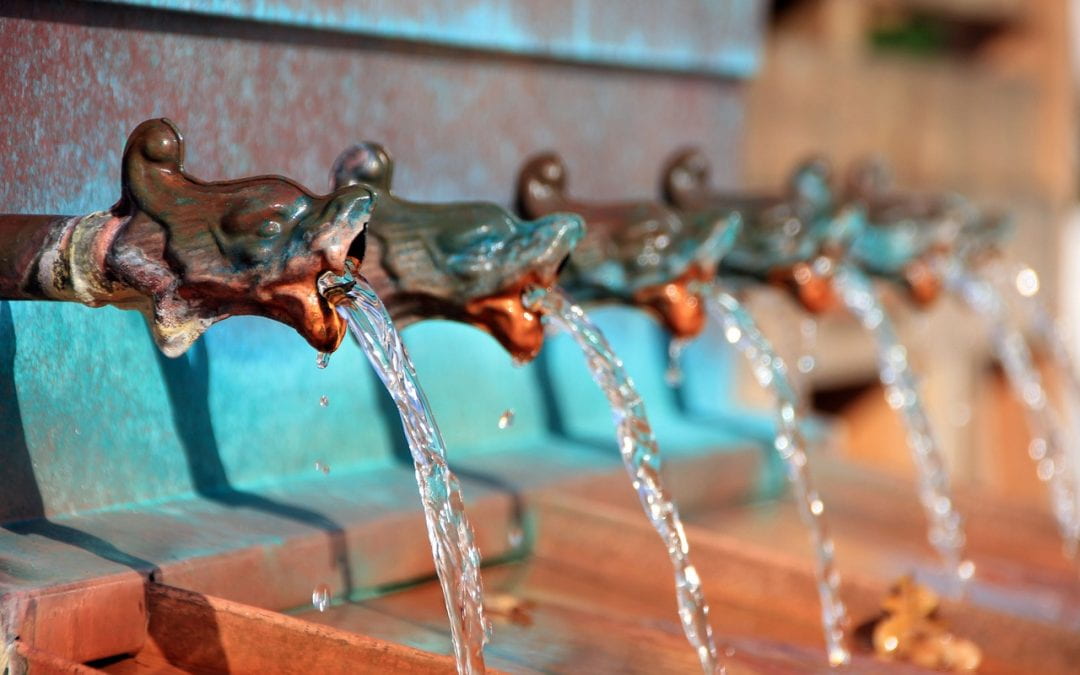By Lokesh Padhye
New Zealand’s freshwater and drinking water is in a state of desperation. Lokesh Padhye makes the case for rigorous source water quality monitoring.
Comment: The town of Kawerau has been in the headlines recently as its once-clear water has been showing a shade of reddish-brown over the past few months, causing widespread concern among residents. Apparently, the intermittent discolouration, or colouration to be precise, has been an issue since the town started chlorinating its drinking water a few years ago. This colouring phenomenon was attributed to high levels of manganese, highlighting once again the issue of water quality monitoring, or lack thereof, in New Zealand.
Although it may be deemed safe to drink, who wants to drink brown-coloured water? As the council scrambles to find alternative drinking water sources, it serves as a stark reminder of the larger challenges faced by the country in maintaining water quality standards, including aesthetic parameters, that measure up to international standards.
New Zealand is renowned globally for its picturesque landscapes and abundant freshwater resources. However, despite its much-marketed ‘clean green image‘, the country’s water quality falls in the bottom half of OECD countries. This is not solely my opinion; it is backed by several national and international reports highlighting the significant room for improvement in this country’s drinking water quality.
For instance, the Ministry of Health’s 2021 report revealed that nearly 20 percent of New Zealanders consume water that does not meet drinking water quality standards, which came as no surprise to many water industry professionals here. Furthermore, a recent report from the Ministry for the Environment highlighted that many rivers and lakes in New Zealand, serving as drinking water sources for many people, are polluted and unsafe to swim in, with pollution levels rising. This concerning trend demands immediate attention.
The solution to addressing the broader issue of water quality is twofold. The first is the need to upgrade New Zealand’s water infrastructure and build the necessary resilience to protect it from climate change. This has been the focus of the discussion surrounding the Government’s Three Water Reform Programme. Cyclone Gabrielle has shed light on the country’s lack of prioritisation in developing resilient water infrastructure, highlighting the need for substantial investment in upgrading our existing infrastructure in the coming years.
Second, it is equally crucial to adopt a proactive stance in water quality monitoring and identifying potential sources of pollutants. Reactive measures, such as responding to contamination incidents after they occur, are unacceptable and often quite expensive and disastrous. This was never more evident than the Havelock North outbreak of gastroenteritis in 2016, when around 5500 of the town’s 14,000 residents were estimated to have become ill with campylobacteriosis.
Instead, upfront investment to identify all potential sources of water pollution and implement preventive strategies to mitigate risks can be cost-cutting in the long run. This approach requires a comprehensive investigation of the source water quality, laboratory/pilot testing for different treatments before their adoption, and a thorough investigation of possible sources of contamination. Having national drinking water standards is essential, but equally important is the robust framework to encourage continuous monitoring of source waters, which is where we are falling short.
Considering many small and remote communities lack resources, it may be prudent to implement and fund a national monitoring and testing programme for drinking-water sources. Such a programme could provide numerous benefits, including enhanced public health protection, early detection of contaminants, and improved accountability by the government.
By systematically and continuously monitoring and analysing source water quality across the country, New Zealand can proactively identify potential risks, promptly address contamination issues, and ensure that its drinking water always meets national standards. This comprehensive and standardised monitoring programme would not only instil public confidence but also facilitate targeted interventions, resource allocation, and the development of effective mitigation strategies, ultimately safeguarding the health and wellbeing of all New Zealanders.
For example, in the case of Kawerau, the argument that the manganese became an issue after chlorine was added to the town water supply in 2018 was concerning. Knowing manganese levels from different sources beforehand, laboratory tests to simulate the processes, and water chemistry knowledge could have revealed potential side effects of chlorination. Equally concerning was pinning the blame on chlorine. It begs the question of whether the required water quality monitoring and thorough analysis were conducted beforehand to understand the consequences of implementing the change in practices.
Establishing source water quality monitoring and testing programmes can identify such issues early on, enabling prompt actions to prevent those from ballooning into water crises. The incident in Kawerau serves as a poignant reminder of the need to prioritise water quality monitoring in New Zealand. With statistics highlighting the desperate state of our freshwater and drinking water, it’s clear we’re not proactive enough. Investing in water infrastructure and extensive water quality monitoring will pave the way for a cleaner, healthier, and more sustainable water future.
Associate Professor Lokesh Padhye, Faculty of Engineering, University of Auckland.
Originally published in newsroom. Republished with permission.

